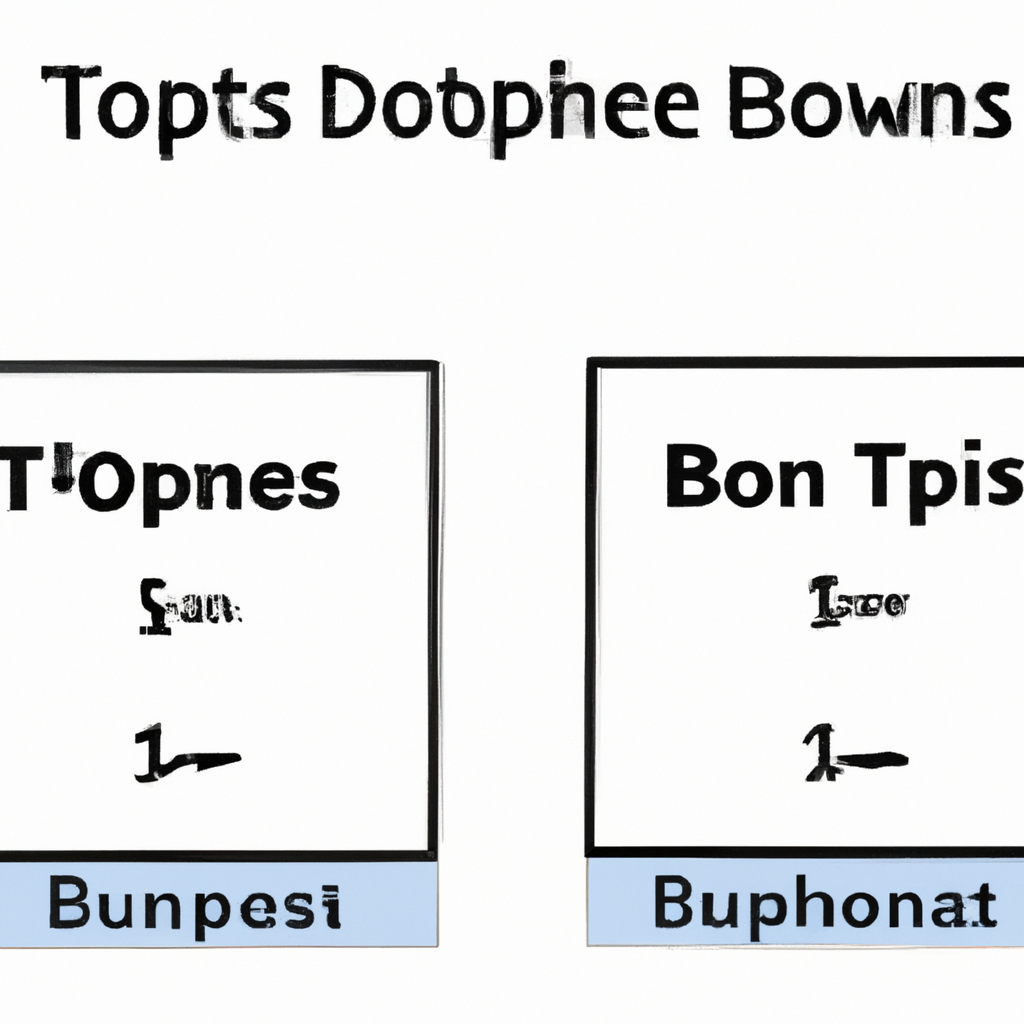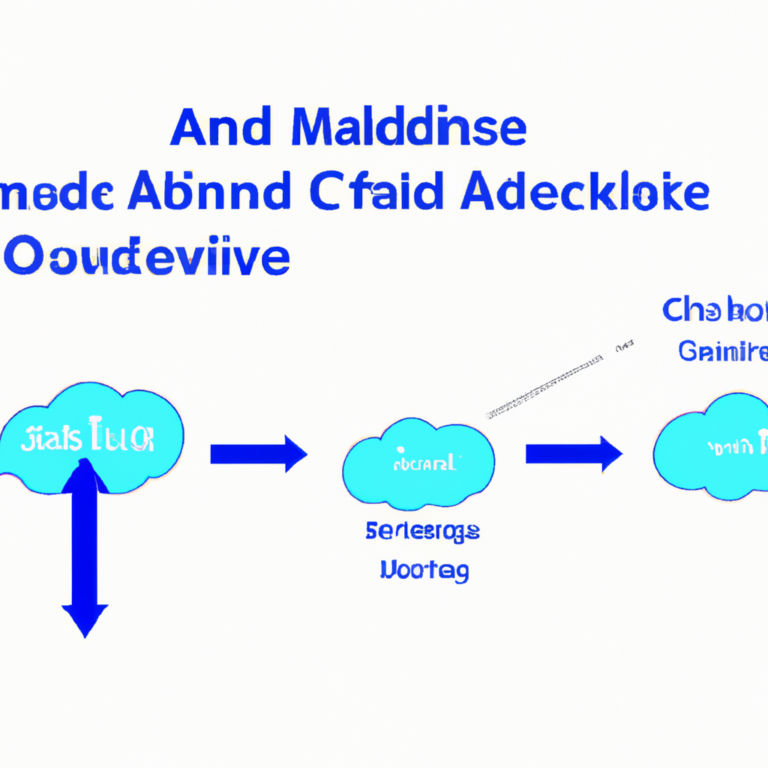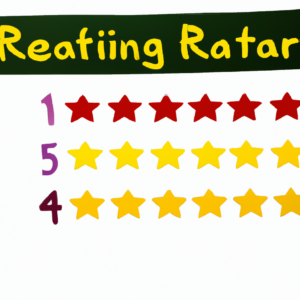Recognizing Double Tops and Bottoms
What are Double Tops and Bottoms?
Double tops and bottoms are reversal patterns that occur in technical analysis of financial markets. They are formed when the price of an asset reaches a high (double top) or low (double bottom) two times with a moderate decline or rise in between.
Identifying Double Tops
Double tops are formed when the price of an asset reaches a high, retraces, and then reaches that high again before reversing direction. Here are some key characteristics to look for when identifying a double top:
1. Price Level
The two peaks should be at approximately the same price level.
2. Volume
Volume tends to be higher on the first peak and lower on the second peak, indicating weakening momentum.
3. Neckline
A neckline can be drawn connecting the lows between the two peaks. A break below this neckline confirms the pattern.
Recognizing Double Bottoms
Double bottoms are formed when the price of an asset reaches a low, bounces, and then reaches that low again before reversing direction. Here are some key characteristics to look for when identifying a double bottom:
1. Price Level
The two troughs should be at approximately the same price level.
2. Volume
Volume tends to be higher on the first trough and lower on the second trough, indicating weakening selling pressure.
3. Neckline
A neckline can be drawn connecting the highs between the two troughs. A break above this neckline confirms the pattern.
Trading Strategies
Once a double top or bottom pattern has been identified, traders can use it to make informed trading decisions. Here are some common strategies:
1. Entry Point
Traders can enter a short position on a double top pattern once the price breaks below the neckline. Conversely, traders can enter a long position on a double bottom pattern once the price breaks above the neckline.
2. Stop Loss
Placing a stop loss above the high of a double top pattern or below the low of a double bottom pattern can help manage risk in case the pattern fails.
3. Target Price
Traders can set a target price by measuring the distance between the peaks or troughs and adding it to the breakout point for a potential price target.
Conclusion
Recognizing double tops and bottoms can be a valuable tool for technical traders looking to identify potential trend reversals in the market. By understanding the characteristics of these patterns and implementing appropriate trading strategies, traders can improve their chances of success in the financial markets.










